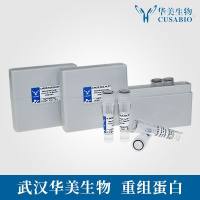Serological Identification of Mycoplasmas by Growth and Metabolism Inhibition Tests
互联网
522
The lack of a cell wall means that the growth of mycoplasmas can be inhibited by specific antiserum and provides the basis of a simple, economic, and objective means of species identification. In the diagnostic laboratory, unknown mycoplasma isolates are inoculated onto solid media and examined for growth inhibition in the presence of antiserum raised against known mycoplasma species. Zones of inhibition of >2 mm are usually considered significant evidence that the isolate belongs to the species represented by the inhibitory antiserum. Conversely, the absence of inhibition indicates that the isolate is unrelated unless, as is common with many porcine and avian mycoplasmas, there is significant strain heterogeneity. Where there is considerable variation, other tests (i.e., immunofluorescence or metabolic inhibition) are used. Inhibition may also not be seen where the inoculum size of the unknown isolate is too large or the growth rate is too strong; here, these effects will overwhelm the potency of the antiserum, giving false-negative results. Furthermore, the possibility of the isolate being composed of a number of different mycoplasmas (“mixed” cultures) necessitates the cloning of colonies, a laborious and time-consuming occupation. The quality of the antiserum, usually produced in rabbits, which for all intents and purposes are mycoplasma-free, cannot be overstated and is covered elsewhere.







